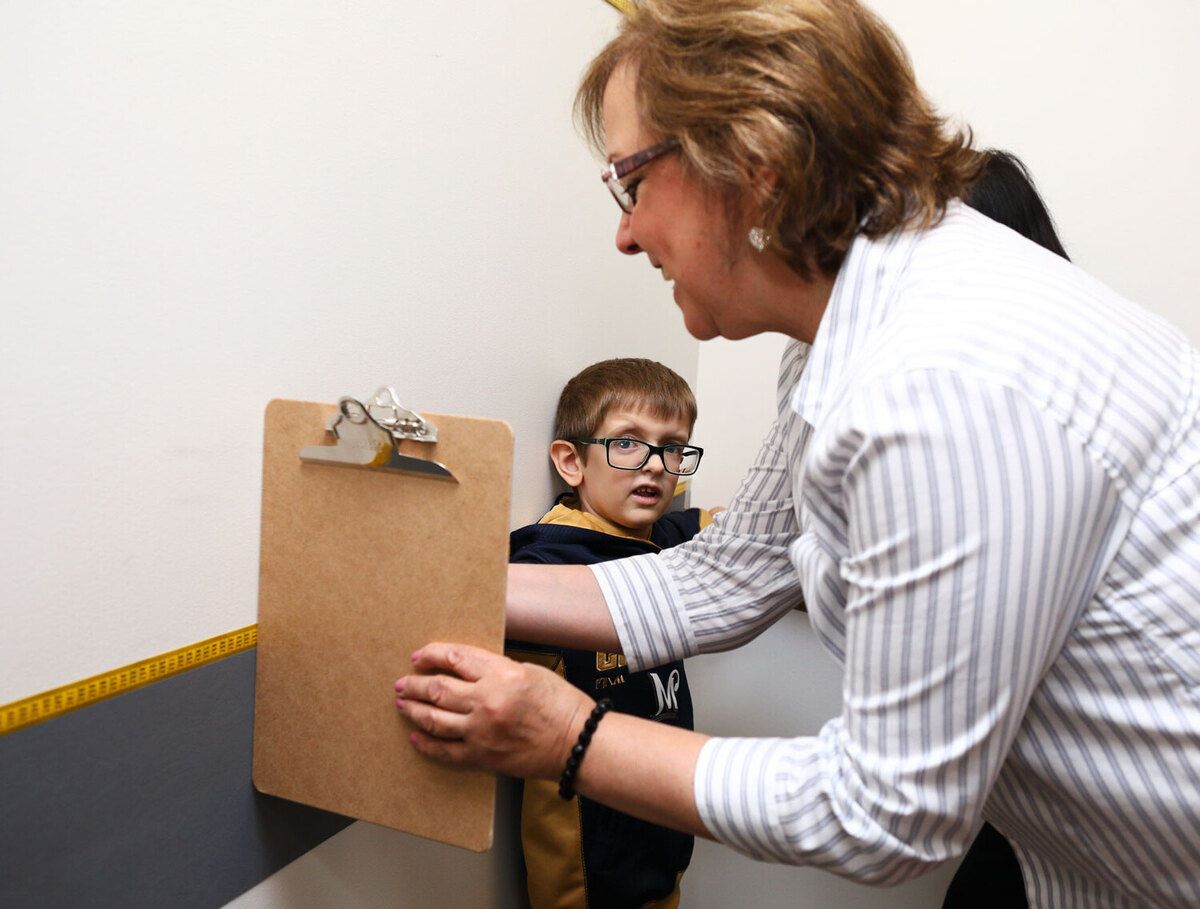
Goldberg–Shprintzen Syndrome is a rare genetic disorder that affects multiple parts of the body. Characterized by intellectual disability, distinctive facial features, and Hirschsprung disease, this condition can be challenging for families and healthcare providers. Understanding the syndrome's complexities can help in managing its symptoms and improving the quality of life for those affected. This blog post will provide 20 essential facts about Goldberg–Shprintzen Syndrome, offering insights into its causes, symptoms, diagnosis, and treatment options. Whether you're a parent, caregiver, or simply curious, these facts will help you grasp the essentials of this rare condition. Let's dive into the world of Goldberg–Shprintzen Syndrome and uncover what makes it unique.
What is Goldberg–Shprintzen Syndrome?
Goldberg–Shprintzen Syndrome (GSS) is a rare genetic disorder. It affects multiple systems in the body, leading to a variety of symptoms. Here are some key facts about this condition.
-
Genetic Mutation: GSS is caused by mutations in the KIAA1279 gene. This gene plays a crucial role in the development of the nervous system.
-
Inheritance Pattern: The syndrome follows an autosomal recessive inheritance pattern. Both parents must carry the mutated gene for a child to be affected.
-
First Identified: GSS was first described by Goldberg and Shprintzen in 1981. They identified the syndrome in a group of patients with similar symptoms.
-
Craniofacial Abnormalities: Individuals with GSS often have distinct facial features. These can include a broad nasal bridge, wide-set eyes, and a small jaw.
-
Intellectual Disability: Most people with GSS experience some degree of intellectual disability. The severity can vary widely among individuals.
Symptoms and Diagnosis
Understanding the symptoms and how GSS is diagnosed can help in managing the condition better.
-
Hirschsprung Disease: Many individuals with GSS also have Hirschsprung disease. This condition affects the large intestine and causes severe constipation.
-
Microcephaly: A common symptom is microcephaly, where the head is smaller than normal. This can affect brain development and function.
-
Developmental Delays: Children with GSS often show delays in reaching developmental milestones. This can include walking, talking, and other motor skills.
-
Seizures: Some individuals may experience seizures. These can vary in frequency and severity.
-
Diagnosis: Diagnosis typically involves genetic testing. Doctors look for mutations in the KIAA1279 gene to confirm GSS.
Treatment and Management
While there is no cure for GSS, various treatments can help manage the symptoms.
-
Surgery for Hirschsprung Disease: Surgery is often required to treat Hirschsprung disease. This involves removing the affected portion of the intestine.
-
Speech Therapy: Many individuals benefit from speech therapy. This can help improve communication skills.
-
Physical Therapy: Physical therapy can assist with motor skills and coordination. It is often tailored to the individual's needs.
-
Anticonvulsant Medications: These medications can help control seizures. The type and dosage depend on the individual's specific needs.
-
Special Education: Children with GSS often require special education services. These programs are designed to meet their unique learning needs.
Living with Goldberg–Shprintzen Syndrome
Living with GSS involves ongoing care and support. Here are some aspects to consider.
-
Support Groups: Joining a support group can be beneficial. It provides a network of people who understand the challenges of GSS.
-
Regular Medical Check-ups: Regular check-ups with a healthcare provider are essential. This helps monitor the condition and manage any new symptoms.
-
Nutritional Support: Proper nutrition is crucial for overall health. Some individuals may require a specialized diet.
-
Family Counseling: Counseling can help families cope with the emotional aspects of GSS. It provides strategies for managing stress and improving family dynamics.
-
Research and Advances: Ongoing research aims to better understand GSS. Advances in genetics may lead to improved treatments in the future.
Final Thoughts on Goldberg–Shprintzen Syndrome
Goldberg–Shprintzen Syndrome (GSS) is a rare genetic disorder that affects multiple systems in the body. Understanding its symptoms, causes, and treatments can help those affected and their families manage the condition better. Early diagnosis and intervention are crucial for improving quality of life. Genetic counseling can provide valuable insights for families with a history of GSS. While there's no cure yet, ongoing research offers hope for future treatments. Awareness and education about GSS can lead to better support and resources for those impacted. If you or someone you know shows signs of GSS, consult a healthcare professional for guidance. Remember, knowledge is power when dealing with rare conditions like GSS. Stay informed, seek support, and advocate for more research to improve lives.
Was this page helpful?
Our commitment to delivering trustworthy and engaging content is at the heart of what we do. Each fact on our site is contributed by real users like you, bringing a wealth of diverse insights and information. To ensure the highest standards of accuracy and reliability, our dedicated editors meticulously review each submission. This process guarantees that the facts we share are not only fascinating but also credible. Trust in our commitment to quality and authenticity as you explore and learn with us.


